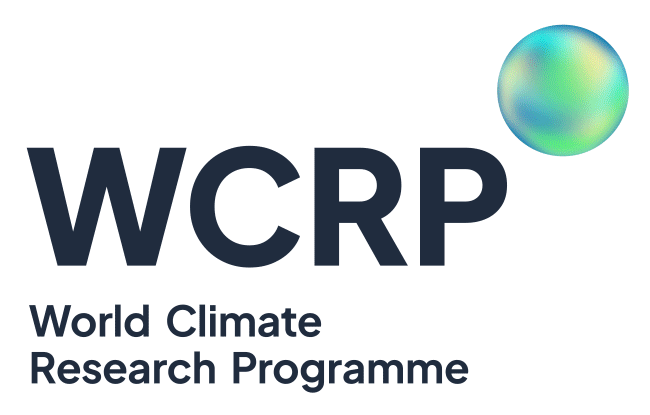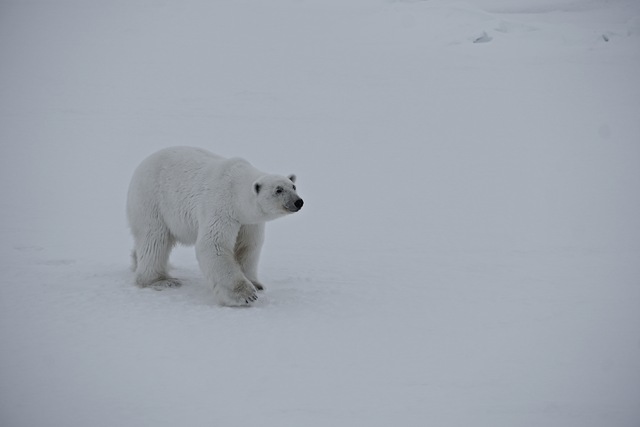Professor Julienne Stroeve and Dr Jennifer V Lukovich
University of Manitoba My Climate Risk Regional Hub
Understanding the local impacts of climate change is essential for building climate resilience. This has been the focus of researchers at the University of Manitoba My Climate Risk regional hub. This past year two important studies were published. The first focused on the implications of a longer ice-free season on western and southern Hudson Bay polar bear populations, finding that global warming must be kept below 2oC for these sub-populations to survive. In another study, the impacts of sea level rise from melting ice in Antarctica on west African communities where 60 million people inhabit the low-lying coastal region, underscore the shared global demand for planning, preparedness, and policy development to address local challenges incurred by a changing climate.
A recent sea ice study co-led by U2MCR2H lead and Canada 150 Research Chair Julienne Stroeve and Professor Alex Crawford demonstrates that continued global warming due to GHG emissions imperils the survival of polar bear populations in western and southern Hudson Bay (Stroeve et al., 2024). Polar bears hunt on sea ice in winter and fast on land in summer; in southern and western Hudson Bay, polar bears typically fast for approximately four months (July to November). Longer ice-free periods (IFPs) limit the winter on-ice hunting time required for polar bears to gain sufficient weight to survive summer (ice-free) seasons of fasting on land. In recent decades, an observed increase in IFPs on the order of one month has accompanied declining polar bear populations. Projected IFPs from 20 CMIP6 bias-corrected model data demonstrate that 1.5oC of global warming yields IFP estimates on the order of 183 days, which exceeds the fasting survival threshold of adult polar bears; a disconcerting finding given that in 2023 the global average temperature was 1.48 degrees Celsius warmer than the pre-industrial era.
 Figure 1: Ocean Eddies and Snow Cover From 1.2 km ICON Simulation (from D. Klocke, MPI-M, DKRZ and NVIDIA)
Figure 1: Ocean Eddies and Snow Cover From 1.2 km ICON Simulation (from D. Klocke, MPI-M, DKRZ and NVIDIA)
The Digital Earths Lighthouse Activity supports the establishment of integrated interactive digital information systems that provide global and regional information on natural and human systems. ‘Digital Earth’ comes from the concept of a ‘Digital Twin’, an engineering term referring to a system where data feeds into a model of a system or object (e.g. a jet engine, a race car), and the object or system is modified as a result. In the case of ‘Digital Earths’, this is more than just Earth System Models (ESMs), but refers to bringing in data in new ways, and providing decision relevant predictions for human (not just natural) systems.
The Digital Earths (DE) Lighthouse Activity (LHA) was established in 2020, and has three main areas of activity. (1) Foster a global research network in km-scale modeling (horizontal resolution < 10km) of the Earth system and its individual components; (2) Establish an active community in the fusion of data with climate models both for data assimilation into climate models and the data driven modeling (e.g. Machine Learning/AI methods), expanding on existing numerical weather prediction and re-analysis efforts; and (3) Include human interactions on and impacts to human systems in ESMs to move beyond the physical earth system.


